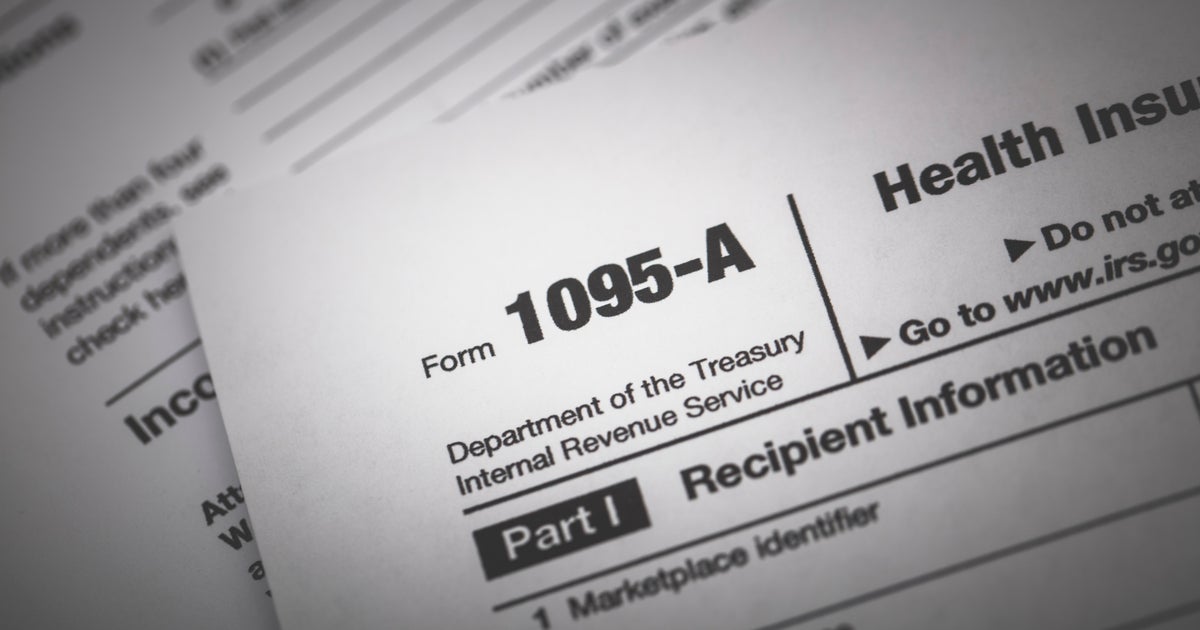Generators can be deadly during hurricanes. Here's what to know about using them safely.
Hurricane season is back, and wind, rain and flooding aren't the only things to be concerned about. Often overlooked is a major hidden danger that lurks when you are boarded up indoors: generators.
Hurricane Idalia is barreling toward Florida's Gulf Coast and is expected to intensify as it does. It is forecast to make landfall on Wednesday as an extremely dangerous hurricane, prompting evacuations in nearly two dozen counties as residents rush to make final preparations.
As those preparations continue, authorities in Florida are reminding people to use generators safely.
"Using a generator can kill you in minutes," the U.S. Consumer Product Safety Commission has warned. "Generator exhaust contains carbon monoxide. This is a poison you cannot see or smell."
How to safely use a generator during a hurricane
The No.1 rule when it comes to preventing sudden death amid a major storm is to never use a generator inside the home or garage, even if the windows and doors are open, the commission says. Generators should only be placed outside the home at least 20 feet away from windows, doors and vents, and the exhaust should always be pointed away from your home.
The commission also recommends that people using generators should make sure that their carbon monoxide alarms are working.
"We have seen people survive storms just to die from carbon monoxide poisoning from their portable generator," the commission tweeted last year ahead of Hurricane Ian. "These deaths are tragic and preventable. Please use your generators safely – outdoors."
How many people die because of generators during hurricanes?
Before Hurricane Ian slammed into Florida last year, National Weather Service director Ken Graham made clear just how detrimental generators can be if not used properly — and that they could be even deadlier than the direct weather effects of hurricanes.
"We've seen over the last couple of years in some of these big hurricanes, including Hurricane Laura that hit Louisiana, that there were more fatalities afterward associated with generators than there was from similar storm surge of 16 to 18 feet," he said.
It might be tempting to pull out the generator as soon as the storm starts, but experts and officials say to refrain. The government of Miami, a city that's often hard-hit by major storms, has said that portable generators should be used "only when necessary, and only to power essential equipment."
In 2020, Hurricane Laura resulted in the deaths of 15 people, including eight people who died from carbon monoxide poisoning from their generators. And within the two weeks after Hurricane Ian slammed Florida as near-Category 5 storm in September 2022, at least 41 people suffered carbon monoxide poisoning, the Tampa Bay Times reported, citing the Florida Department of Health, with most cases likely coming from generators.
Overall, the commission estimates that about 85 people die in the U.S. every year because of carbon monoxide poisoning from portable generators. This number prompted the commission to propose a new rule earlier this year to help reduce the "unreasonable risk of injury and death" the devices cause.
That rule would limit carbon monoxide emissions allowed from generators and would require the devices to shut off when those levels are reached. The rule is still being reviewed and is accepting public comments about the proposal until June 20. If accepted, the commission estimates the rule could prevent nearly 72 deaths and 4,213 injuries every year.
What is carbon monoxide?
Carbon monoxide, a colorless and odorless gas, is known as "the invisible killer," according to the U.S. Consumer Product Safety Commission. It's released any time fuel is burned, whether that's from generators, vehicles, stoves and other products.
According to the CDC, the most common symptoms people experience are headache, dizziness, weakness, stomach issues, vomiting, chest pain and confusion, a combination that many describe as feeling "flu-like." It can also cause people to go unconscious, and those who are drinking or sleeping when carbon monoxide is present "can die from CO poisoning before they have symptoms," the health agency says.
If carbon monoxide poisoning is suspected, immediately call emergency services for help.




